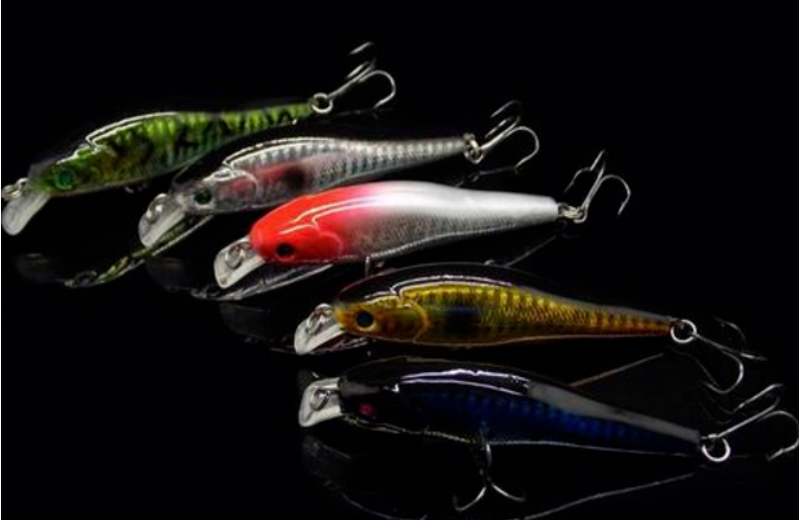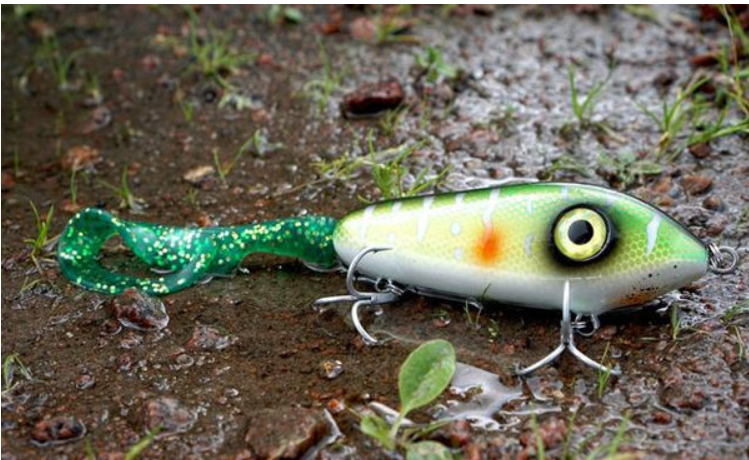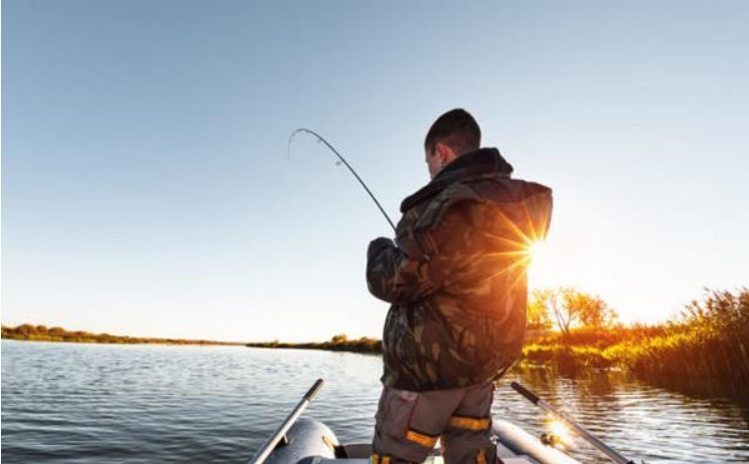Among the various types of artificial lures in lure fishing, minnow-style lures stand out due to their transparent lip, which has brought countless catches to anglers. They also hold fond memories for me; I still vividly recall the first time I used a low-quality minnow and failed to catch a snakehead because of its unnatural swimming action. This article will discuss the characteristics and roles of different minnow lures in lure fishing.

Minnow Lures Chapter
• Understanding Minnow-Style Lures
Although the term “minnow-style lure” is a name given by lure anglers, and even “minnow” itself is a transliteration, in lure fishing, mentioning “minnow” immediately informs anglers about the type of lure referred to. Thus, understanding minnow-style lures is essential.
Lures with lips similar to minnow-style lures include those known as crankbaits or fat baits. The key difference lies in their shape: minnow-style lures are generally longer, while crankbaits tend to be shorter, which helps distinguish between the two.
In addition to having a slender body and a lip, minnow-style lures feature internal structures and hollow designs. Typically, these lures are equipped with two or three treble hooks for fishing.
• Structural Features of Minnow-Style Lures
Upon close inspection of various minnow-style lures, you will notice that the lips come in different lengths. The length of the lip determines the lure’s diving depth, with longer lips generally allowing for deeper dives compared to shorter ones.
Besides lip length affecting diving depth, the width of the lip influences the lure’s wobble amplitude. Wider lips produce a larger wobble, while narrower lips result in a smaller wobble. Additionally, a greater angle between the lip and the lure body increases resistance when retrieving. All these characteristics stem from the unique lip construction of minnow-style lures.

Overview of Minnow Lures Chapter: The transparent lip is a defining feature of minnow-style lures, leading to variations in diving depth, wobble amplitude, and water resistance.
Floating Minnow Chapter
• Characteristics of Floating Minnows
The moment a floating minnow hits the water, it demonstrates its buoyant nature. Without any action, it remains nearly stationary on the surface. When retrieved, the lip causes the lure to dive to a set depth. Upon stopping the retrieve, the floating minnow naturally rises back to the surface. Restarting the retrieve will make it dive again, repeating this cycle.
Traditional floating minnows, for example, have slightly inferior casting performance compared to other types. They have weaker aerodynamics and shorter flight distances. Due to their floating design, they often have larger internal spaces, resulting in slightly lower hardness.
• Applications of Floating Minnows
A major advantage of floating minnows is their ability to reduce snagging. When encountering structures like rocks, stakes, or weeds, simply stop retrieving, allow the lure to float up a bit, and then continue retrieving to avoid snags.
These lures typically target depths between 0.8 meters and 1.5 meters, limiting them to shallow waters or shoals where fish are active. Their start-stop motion, causing the lure to rise, makes them well-suited for species like bass, mandarin fish, and snakehead.

Overview of Floating Minnow Chapter: Floating minnows only dive to the set depth when retrieved, have shorter casting distances, and are less hard. Their buoyancy helps minimize snagging, making them ideal for ambush predators and shallow water searches.
Suspending Minnow Chapter
• Characteristics of Suspending Minnows
When an object is suspended in a liquid, buoyancy equals gravity. This physical principle is the basis for suspending minnows.
After entering the water, a suspending minnow sinks slightly below the surface due to impact but remains visible. When retrieved, it dives to a set depth influenced by the lip. If retrieval stops, the lure suspends at that depth, staying relatively still. Repeating start-stop actions maintains this behavior.
• Applications of Suspending Minnows
When using suspending minnows, consider the use of snaps. These lures are designed to balance buoyancy and gravity, so heavy snaps can disrupt their swimming action. It is best to avoid snaps or use very light ones.
Suspending minnows typically dive between 1 meter and 2.5 meters, offering a broader search range. Their suspending trait pairs well with jerk-and-pause techniques, effectively targeting territorial or less active fish.
Overview of Suspending Minnow Chapter: Suspending minnows maintain balance between buoyancy and gravity, hovering when not retrieved. They are used for territorial or low-activity fish, and snap selection is important.

Sinking Minnow Chapter
• Characteristics of Sinking Minnows
Upon water entry, a sinking minnow begins to descend immediately. Without control, it will sink to the bottom. However, with steady retrieval, the lip causes it to maintain a specific depth until retrieved to shore.
Designers adjust sinking minnows using production techniques to control sinking speed, allowing anglers to manage the search layer effectively.
• Applications of Sinking Minnows
Compared to floating and suspending minnows, sinking minnows can search both horizontally and vertically. For instance, retrieving immediately after casting keeps the lure shallow, while delaying retrieval allows deeper searches.
This makes sinking minnows effective for rapid searches in unfamiliar waters or when fish are active. However, their sinking nature increases the risk of snagging if mishandled.
Overview of Sinking Minnow Chapter: Uncontrolled sinking minnows will sink to the bottom, but with management, they search at fixed depths. They are suitable for unfamiliar conditions and active fish.
Final Summary: Minnow-style lures are classic in lure fishing. Advances have led to sinking and suspending types from the original floating design. Different minnows diversify fishing techniques and adapt to various conditions. This guide aims to assist those new to lure fishing.